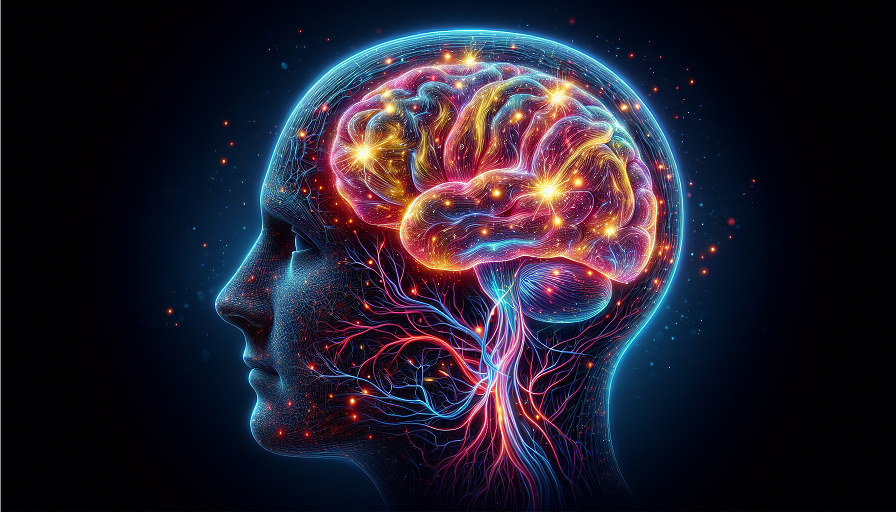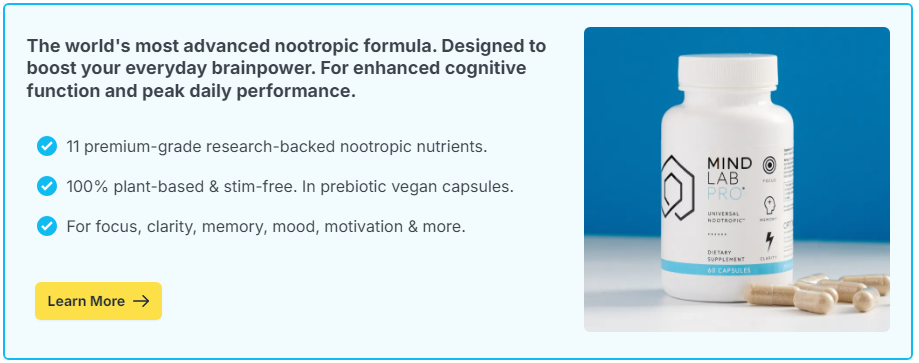
Yes. Slow, controlled breathing can calm your stress response, improve oxygen–carbon dioxide balance, and steady attention networks – often lifting the heavy, drained feeling that builds after long mental work.
Contents
Why Breathing Affects Mental Energy
Your breathing and nervous system are tightly linked. When you are stressed or focused for too long, breathing turns shallow and fast. This pushes your body toward a fight-or-flight state: heart rate rises, muscles tense, and the brain burns energy inefficiently. Slowing the breath signals safety to the brain and shifts you toward a rest-and-digest mode that supports clear thinking.
What “Deep” Breathing Really Means
Deep breathing is not about huge gulps of air. It means slow, gentle breaths that expand the lower ribs and belly, with a relaxed exhale. This pattern balances carbon dioxide (CO₂) and oxygen and improves heart-rate variability (HRV), a marker of stress resilience linked to better focus.
Three Simple Protocols
Use one of these short routines during breaks or before tasks. Consistency matters more than length.
1. Box Breathing (4-4-4-4)
Inhale through the nose for 4 seconds, hold 4, exhale 4, hold 4. Repeat for 2–5 minutes. This even rhythm stabilizes attention and smooths overreactions.
2. Extended Exhale (4-6)
Inhale for 4 seconds, exhale for 6. A longer exhale engages the calming branch of the nervous system. Use during tension spikes or after difficult calls.
3. Coherent Breathing (5-5 Or 6-6)
Breathe at ~5–6 breaths per minute (five- or six-second inhale and exhale). This pace tends to synchronize breathing with heart rhythms, improving HRV and a sense of steady energy.
When To Use Breathing For Best Results
Small, well-placed sessions beat rare long ones. Pair breathing with task transitions.
- Pre-Focus Primer: One minute of coherent breathing before a study block or meeting.
- Mid-Block Reset: Two cycles of box breathing during a short break to reduce mind-wandering.
- Post-Stress Cool-Down: 2–5 minutes of extended exhale after a tough conversation or high-stakes task.
- Evening Unwind: 5 minutes at a slow, comfortable pace to ease into sleep.
Common Mistakes And Fixes
A few errors can make breathing feel ineffective or uncomfortable.
- Over-Breathing: Taking huge breaths can cause lightheadedness. Keep the breath gentle and quiet.
- Mouth Breathing: Nose breathing warms and filters air and supports better CO₂ balance. Use the nose when possible.
- Rigid Posture: Sit or stand tall with soft shoulders so the ribs can move. Lying down works too if you tend to tense.
- All-Day Hyper-Focus: Breathing helps, but it cannot fix chronic overload. Use time blocks, brief walks, and hydration to prevent fatigue from building.
Who Should Be Careful
Most people can practice these techniques safely. If you have respiratory conditions, dizziness, panic attacks triggered by breath holds, or are pregnant, skip long holds and keep the pace comfortable. If symptoms worsen, stop and talk with a clinician.
What Results To Expect
Many people feel calmer within minutes and notice better focus for the next 20–60 minutes. With daily practice, you may see steadier energy, fewer headaches, and improved sleep. If breathing makes you sleepy mid-day, shorten sessions or switch to a balanced 5-5 rhythm instead of long exhales.
>
Paced, nose-first breathing is a fast, safe way to reduce mental fatigue. Use 1–5 minute sessions before and between tasks, keep the breaths soft and slow, and pair with good sleep and movement for the biggest gains in focus.

